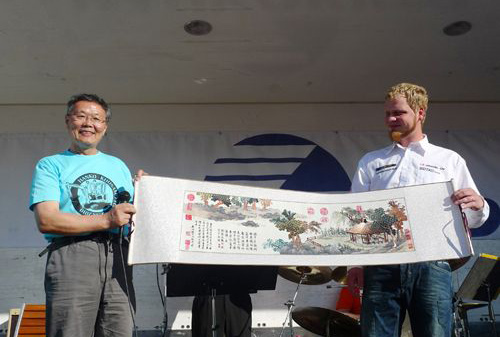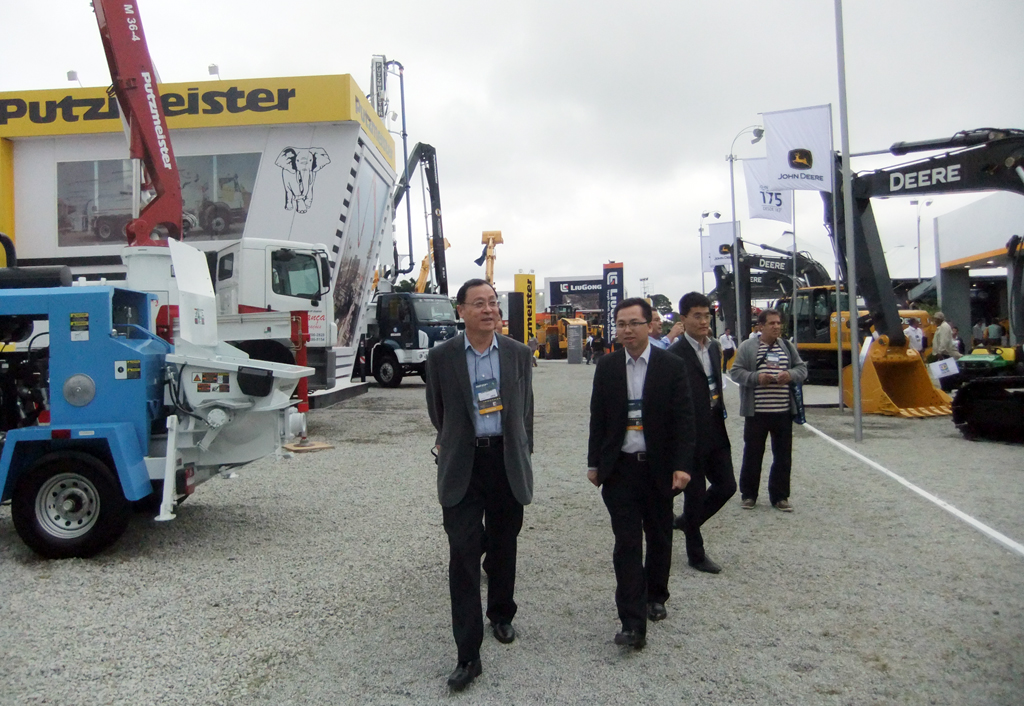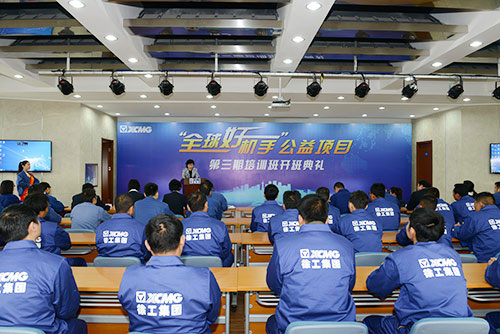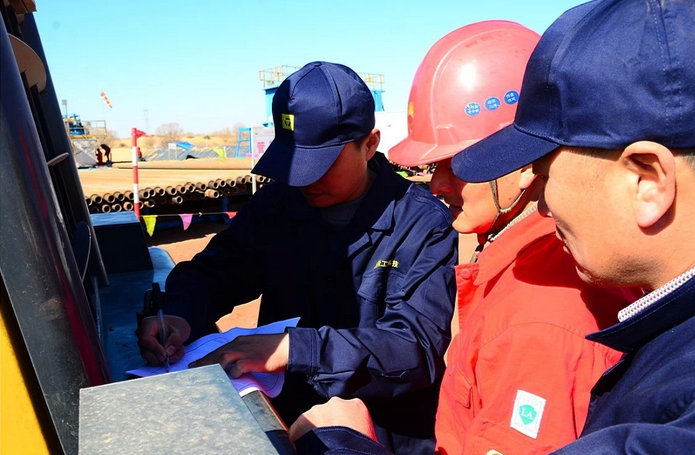June 26, 2014

1. Moisture content
1). Visual inspection: If the oil is turbid and in milk white, it implies that the oil contains much moisture.
2). Combustion method: Take strips of clean and dry cotton yarn to dip a little oil to be tested and ignite it. If there is “crack” sound or “spark” flash, it implies that the oil contains much moisture.
2. Impurity content
1). By direct inspection: There is eye-catching metal particle suspending in the oil, which is dissembled into granules after being pinched and tweaked with fingers, and also reflective in light. That implies hydraulic elements incur severe abrasion. If there are a lot of metal chips at the bottom of the oil tank, it implies main pump or motor incurs serious abrasion.
2). By filter paper: As for hydraulic oil with high viscosity, dilute it with unstained gasoline and then filter the mixture with clean filter paper. If there are a lot of mechanical impurities (metal powders) on the filter paper, it implies that the element has incurred serious abrasion.
3). By sound and vibration: If the entire hydraulic system emits loud and intermittent noise or vibrates, and also the main pump sends out “buzzing” sound, or even there is the piston stick-slip phenomenon, observe oil level in the oil tank and the pipeline outlet. If there is much foam, it implies that there is much air in the hydraulic oil.
4). By heating: Hydraulic oil with relatively low viscosity can be directly poured into a clean and dry test tube for heating. If there are sediments or suspended matters in the test tube, it implies that there are mechanical impurities in the oil.
3. Viscosity
1). Test tube inverting method: Add the tested hydraulic oil and standard hydraulic oil respectively into two transparent glass tubes (do not overfill them), which have the same inner diameter and length. After that, jam the tube mouth with a wooden plug. Place the two tubes side by side, and then invert them swiftly. If bubbles in the tube with tested hydraulic oil rise more quickly than that in the tube with standard hydraulic oil, it implies that the viscosity of the tested hydraulic oil is lower than that of the standard hydraulic oil. If the bubble rising speeds are similar, it implies that both have the equivalent viscosity.
2). Glass pane tilting method: If the machine has operated for a period of time and its hydraulic oil should be changed according to preliminary judgment, glass pane tilting method can be adopted: place a piece of clean glass pane horizontally, make a drop of tested hydraulic oil fall onto the glass pane. After that, make a drop of standard hydraulic oil (new hydraulic oil of the same grade) fall onto the same glass pane, near the tested hydraulic oil. Then, tilt the glass pane, and observe the two oil drops. If the flow rate and flow distance of the tested oil drop are both higher than those of the standard oil drop, it implies the viscosity of the tested oil drop is lower than that of the standard oil drop, or vice versa.
4. Inspect if the oil gets deteriorated
1). Sample a little of tested oil from the oil tank, and then filter it with the filter paper. If there are black residues on the filter paper, which give out strange smell, it implies that the oil has got oxidized and deteriorated. Or directly sample some oil sludge from the bottom of the oil tank, and if there are a lot of asphalts and colloid sediments in the oil sludge, which seems to have much colloid and strong adhesiveness while being pinched and tweaked with fingers, it implies that the oil has got oxidized and deteriorated.
2). Sample a little of tested oil from the oil pump, and if the oil is turbid and in milk white (sometimes look like the straw yellow milk) and contains much moisture when being tested through combustion method, moreover, the oil seems to lose the viscosity while being touched by fingers, it implies that oil has got completely emulsified and deteriorated.

At 6:00 pm on 29th June, a SWE17B excavator with provisional license plate appeared, the waiting cro

May 29 ~ June 2, the M&T EXPO was held at Immigrants Exhibition Center in St. Paul, Brazil. During the exhibition, Shandong Lingong exh

On November 7, the opening ceremony for Phase III Training of XCMG Public Welfare Project -- "Global Excellent Operator" was held in XCMG, where Li Ge, the Deputy Secreta

What is breaking force deficiency? It is when you press the brake pedal down, the loader does not slow down or stop as required. The main causes include: ① The brake system i
Copyright Notice 2002-2025 global-ce.com Construction Machinery Online. All rights reserved.
Address: Room 901, Building C, Ruipu Mansion, Hongjunying South Road No.15, Chaoyang District, Beijing.100107 P.R.China